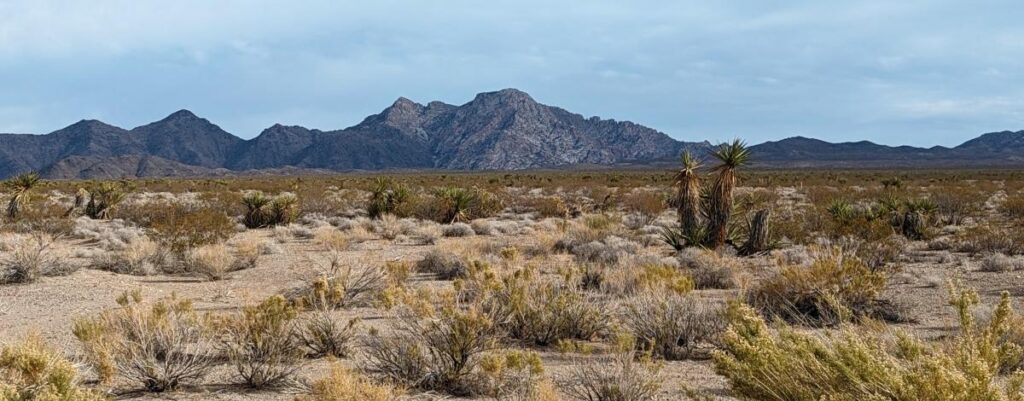By PNTS staff
Over the past year, President Joe Biden has designated two key National Monuments (NM) that directly impact the National Trails System: Camp Hale—Continental Divide NM and Avi Kwa Ame NM. These designations are important for strengthening and enhancing the National Trails System because they permanently protect environmentally, culturally, and historically significant places that make Trails so breathtaking and unique. While pre-existing activities such as mining and livestock grazing are allowed to continue after designation, NMs prevent future environmentally harmful developments so that the landscapes—and the trails that travel through them—remain scenic and sacred for future generations.
The Camp Hale—Continental Divide NM, on the ancestral homelands of the Ute People in Colorado, was designated by President Biden in October 2022. This designation includes over 20 miles of the Continental Divide National Scenic Trail (CDT). It also serves as a home habitat and migration corridor for many wildlife, making it a critical area for preserving the biodiversity along the Divide.
This NM also preserves the rugged landscape where the U.S. Army’s 10th Mountain Division prepared for their service in World War II, making it a significant place in United States military history. The area is also cherished by the Ute Tribes, who were forced to leave their ancestral homelands by the U.S. government in the mid-1800s. However, the Ute return to pray, hold ceremonies, honor their ancestors, hunt, fish, and harvest plants there. With this new designation in place, the NM will be protected while supporting the many recreational and cultural activities that take place there.
Next, the Avi Kwa Ame NM in southern Nevada was designated by President Biden in March of 2023. It is considered to be among the most sacred places on Earth by the Mojave, Chemehuevi, and some Southern Paiute people. In the mid-19th century, the U.S. government attempted to force the Mojave from their homeland. Around this time period, the Indigenous trails that made this area accessible for thousands of years were then used by Euro-Americans for trade, ultimately leading to the formation of what is now known as the Old Spanish National Historic Trail, which bisects the Avi Kwa Ame landscape.
After years of work to reclaim their rights and protect this landscape, the new designation will allow local tribes to play a key role in its stewardship while preserving the diverse history of the Old Spanish National Historic Trail. This newly protected wildlife corridor will also connect millions of acres of existing public lands to secure crucial habitats for iconic species like the desert bighorn sheep and Joshua tree.
Just over 200 miles east of Avi Kwa Ame NM lies the Grand Canyon, where efforts are underway to designate a third NM.
The proposed Baaj Nwaavjo I’tah Kukveni Grand Canyon NM would include 1,102,501 acres adjacent to Grand Canyon National Park and includes 40 miles of the Arizona National Scenic Trail just south of Grand Canyon National Park. The landscape is culturally and spiritually significant to the Havasupai, Hualapai, Hopi, Navajo, Yavapai-Apache, Zuni, and several Paiute Tribes. The designation would honor the Tribe’s
deep cultural ties to the Grand Canyon and protect the area by making the temporary 20-year mining moratorium permanent, while also enhancing the cultural, natural, recreational, and scientific resources of the region.
Formally designating and protecting these landscapes does so much more than protect the recreational experiences on and off National Trails; they allow ecosystems to flourish, prevent environmental degradation, and bring Indigenous Communities back into the conversation of stewardship for their ancestral lands.
